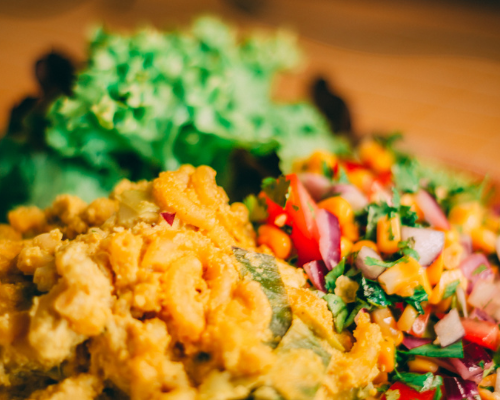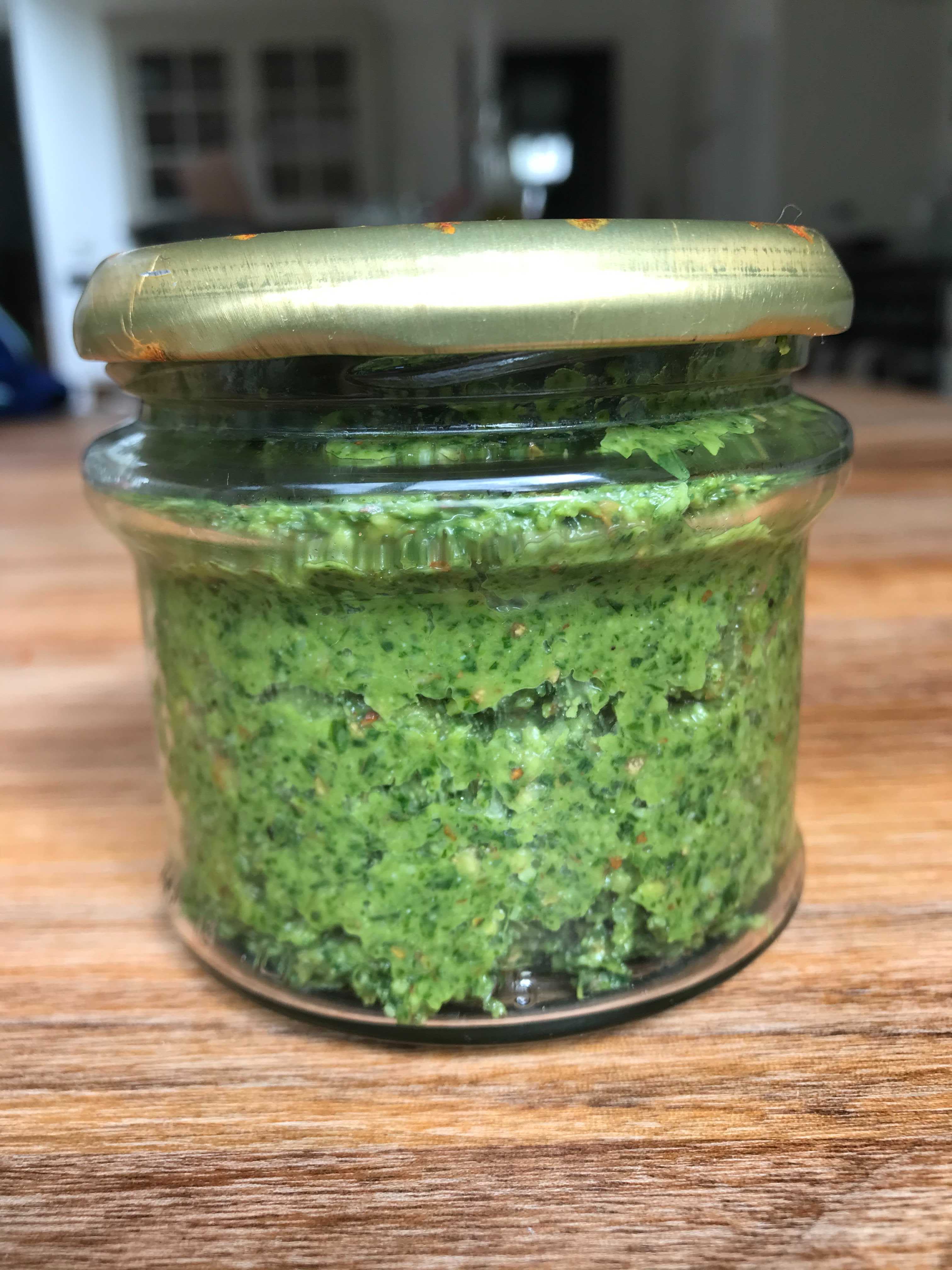
Eating Sustainably: Recipes & Slow Cooking
Right now, an estimated 690 million people are undernourished. This amount is huge, making food poverty and child hunger one of the biggest and most pressing problems in the world. Despite improvements over the last 15 years, in 2019 it was found that 8.9% of the population still did not have enough to eat. This amount is huge.
Because of this harsh reality, world hunger has been highlighted as a part of sustainability; it is something that must change in order to have a world where both people and planet can thrive.
In 2015 the United Nations placed ‘Zero Hunger’ as the second Sustainable Development Goal, making it a global goal for all to significantly reduce world hunger by 2030. Some aims of the goal are to have by 2030: zero stunted children under the age of two, 100% access to adequate food all year round, all food systems to be sustainable, and zero loss or waste of food.
This goal may seem like a lot to accomplish by 2030, but we can all make a mark and work towards it together. One way we can do this is by reducing the amount of food that we waste.
In the UK, an estimated 14 million tonnes of food is wasted, making the UK the highest producer of food waste in Europe. Yet though this statistic is high, there are many things that we can do to lower our impact, and do our part to lessen the amount of food wasted.
One way we can do this is through creating meals that are low waste, and choosing to eat in a way that is mindful, seasonal, and local. We can help by cooking slowly.
What Is Slow Cooking?
Slow cooking is cooking in a way that reflects the slow living mindset: it is cooking in a way that is mindful of the planet and sustainability. It is a practise that connects us with ourselves, our family, our local area, and the natural world around us. It is creating something from scratch and viewing it as a hobby rather than as a repetitive, time-consuming task.
It is sourcing your vegetables from the local farmers market, growing your own, or getting seasonal veg from a veg box. It is buying food from a local low waste shop, and bringing your own jars to refill. It is foraging in the woods for edible foods (though of course make sure to know 100% it is edible and nutritious). You can read further about gardening and foraging in our Spring blog here, and more about eating sustainably and reducing your food waste in our free download.
If you want to cook some great low waste meals for the family then here are some suggestions that taste delicious, kids love, and are full of nutritional value.

No Waste Baked Mac & Cheese
This recipe is from Max La Manna and serves 2 - 4 people. You can see many short and fun videos of easy low waste recipes on his Instagram. But for now, this is one of our favourites. Fully vegan and a healthier alternative to a traditional recipe, this is a great meal for getting the kids involved with low waste cooking. It is easy to make and doesn’t take too long to make either.
This is a great recipe for if you have a leftover leek or bread that needs eating.
Ingredients:
300g macaroni
1 large leek, chopped
Cheese sauce:
200g cashews
450ml water
1/2 lemon, juiced
35g nutritional yeast
1 clove garlic (optional)
1/2 tsp salt
1/4 tsp turmeric powder
Black pepper
Breadcrumb topping:
175g breadcrumbs
3 tbsp melted butter
1/4 tsp smoked paprika
Method:
Firstly, soak the cashews for a few minutes in water. Then add in the turmeric powder, black pepper, salt, nutritional yeast, garlic, and lemon juice. Mix it all up together in a food processor until you have your ‘cheese’ sauce.
Then boil your pasta. It’s important to cook the pasta for one minute less than you usually would to make sure it’s not overcooked. While it’s cooking, chop up your leek and add it to to the pasta for the last minute of cooking. Then pour your pasta and leek into an oven dish and cover evenly with the sauce.
For the breadcrumb topping:
Take your leftover bread and break it into chunks before placing into your food processor. Then mix your bread with your melted butter before adding in the smoked paprika. Once you have your topping, spread evenly over your pasta.
Now you can bake for twenty minutes at 180c — enjoy!

Wild Garlic Pesto
Some other ways to create low waste meals in through foraging. In our free download on sustainable food, we share some of the wonderful plants that we can find and forage in Spring. One of these is wild garlic, which can be found in places from our gardens to woodlands or near rivers. Foraging wild garlic can be a fun activity to do with the kids, and so here we share a wild garlic pesto recipe from Sheer Luxe.
This pesto can be great paired with pasta as a light family meal, as an addition to a salad, or added to soup. This is a good recipe for if you already have parmesan cheese to use up, and any lemon left from Max La Manna’s “mac and cheese”.
Ingredients:
130g of wild garlic leaves, washed thoroughly
50g of hazelnuts, toasted and skinned
50g of parmesan cheese, finely grated
1 clove garlic
130ml of extra virgin olive oil
Squeeze of lemon juice
Sea salt and black pepper
Method:
Start by preparing the wild garlic pesto. Put the wild garlic leaves into a food processor with the hazelnuts, parmesan and garlic and pulse until the mixture forms a paste. Drizzle in the olive oil and pulse again until you have a coarse pesto. Taste and season with lemon juice and salt and pepper as necessary. Spoon it into a sterilised jar and serve however you wish. For leftovers, this pesto can last for up to a month in the fridge.
Interested In Learning More?
For more recipes, book recommendations, and information about low waste cooking then head to our free download and read more. If you found this interesting and want to read more about reducing waste, then you might like Charlotte’s story of buying no new clothes for a year or our blog on buying sustainably
Also in Fighting Talk

It's Volunteers Week


